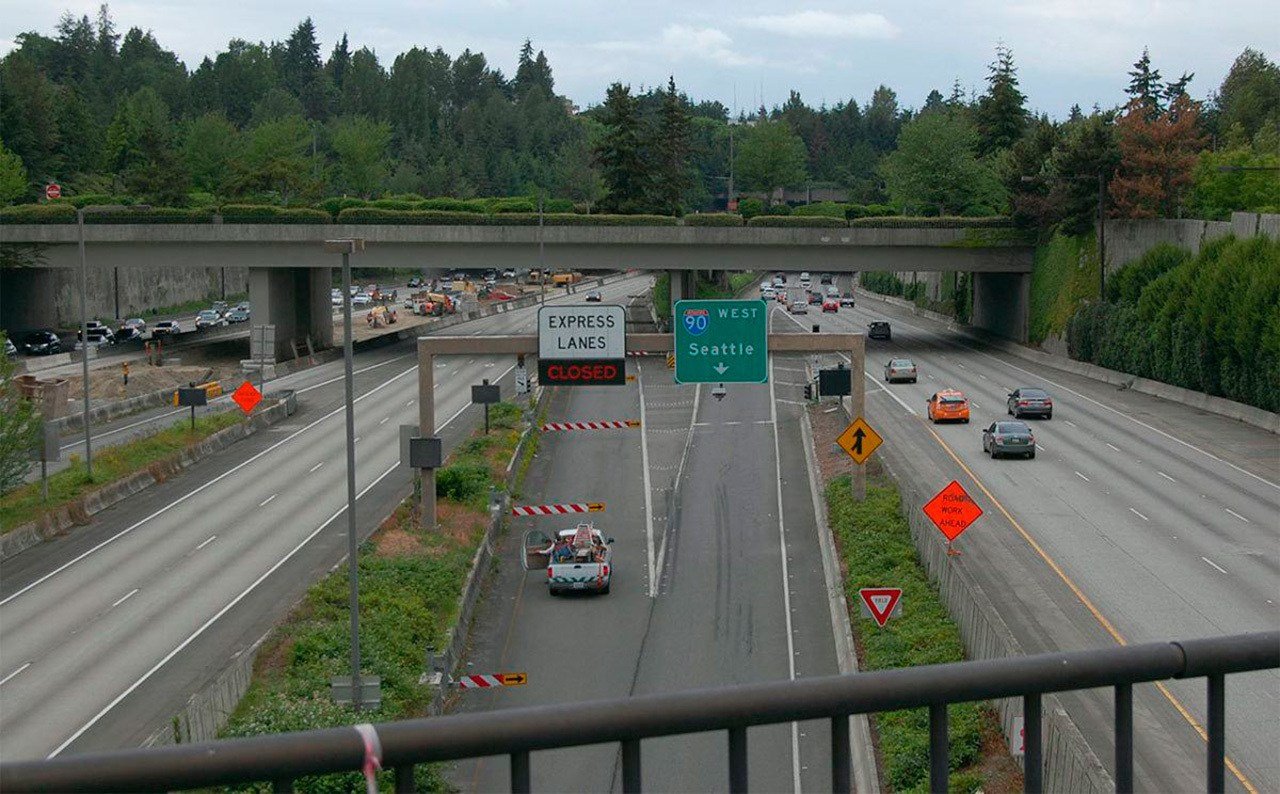Mercer Island and the communities along Interstates 90 and 405 are facing a set of decisions that — if done right — will make our communities better places to live, work and travel. If no action is taken soon, the Washington State Department of Transportation will transfer the center roadway of I-90 to Sound Transit.
Then in June, Sound Transit will shut down the I-90 center roadway for seven years, denying single occupancy vehicle (SOV) I-90 west access from Island Crest way, and routing buses and traffic on Mercer Island surface streets that were not designed to handle that congestion. That closure will make their actions irreversible as a practical matter. After the center lanes are shut down, Mercer Island and the Eastside communities will lose any remaining ability to persuade Sound Transit to negotiate for a set of better alternatives.
But Sound Transit does not need to shut down the center lanes for seven years. The Empire State Building was constructed in one year and closed no surface streets. Sound Transit could do the work it needs in two years or less, leaving time to consider better alternatives, including technologies that were not available when Sound Transit planned East Link. Those alternatives would be better for the environment, provide better service and cost less.
As an example, King County Metro has purchased a fleet of all-electric buses that would enable a higher and better use of the center lanes if incorporated into the I-90 center lane project now. It will be too late if added later. Communities such as Renton, Kent, Auburn to the south and Kirkland and Woodinville to the north that will not have fixed rail access would have access with these high-tech buses. Many of those communities to the south along I-405 and State Route 167 are where low-income families have had to move because of high rents and housing costs. There is no plan to ever run rail to those communities, but they can have as good or better access to Seattle if the I-90 center roadways are designed to share the corridor with buses.
And because these new all-electric buses have self-driving capabilities, they would be able to share Seattle tunnels — without accidents or emissions. They have the automated guides that make them travel on virtual electronic rails without the costs of fixed rails. They can even be combined in virtual trains of buses called platooning. In downtown tunnels, they can be sequenced in with existing Seattle rail cars in a safe, hybrid system that provides more flexibility at a lower cost.
These technologies were just dreams when Sound Transit designed East Link. Now they are a reality — and are in service with more to come. Because Sound Transit must re-do an Environmental Impact Statement anyway to deal with the impacts to Mercer Island from the unmitigated loss of the center lane access and by closing Island Crest Way I-90 SOV access, a new study should examine these alternatives now available before it is too late. If not, Sound Transit and the state will make an avoidable and costly strategic blunder that will harm the environment and deprive Eastside communities of one of the best opportunities to reduce congestion, accidents and pollution while improving transit service to all communities outside of Seattle at lower cost.
The loss to the region if we do not take action now will be substantial and irreversible.
Michelle Goldberg, chair on behalf of the Save Our Suburbs (SOS) Steering Committee; Mike Cero, Mercer Island Council member 2008-2016; Vic Bishop, chair of the Eastside Transportation Association; and Jim Lovsted.



